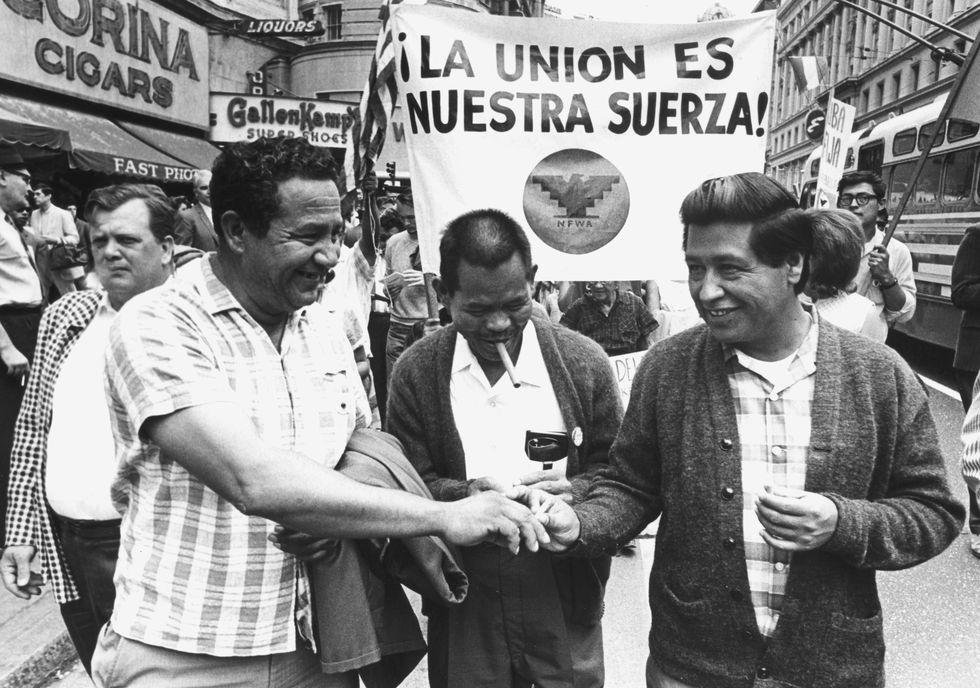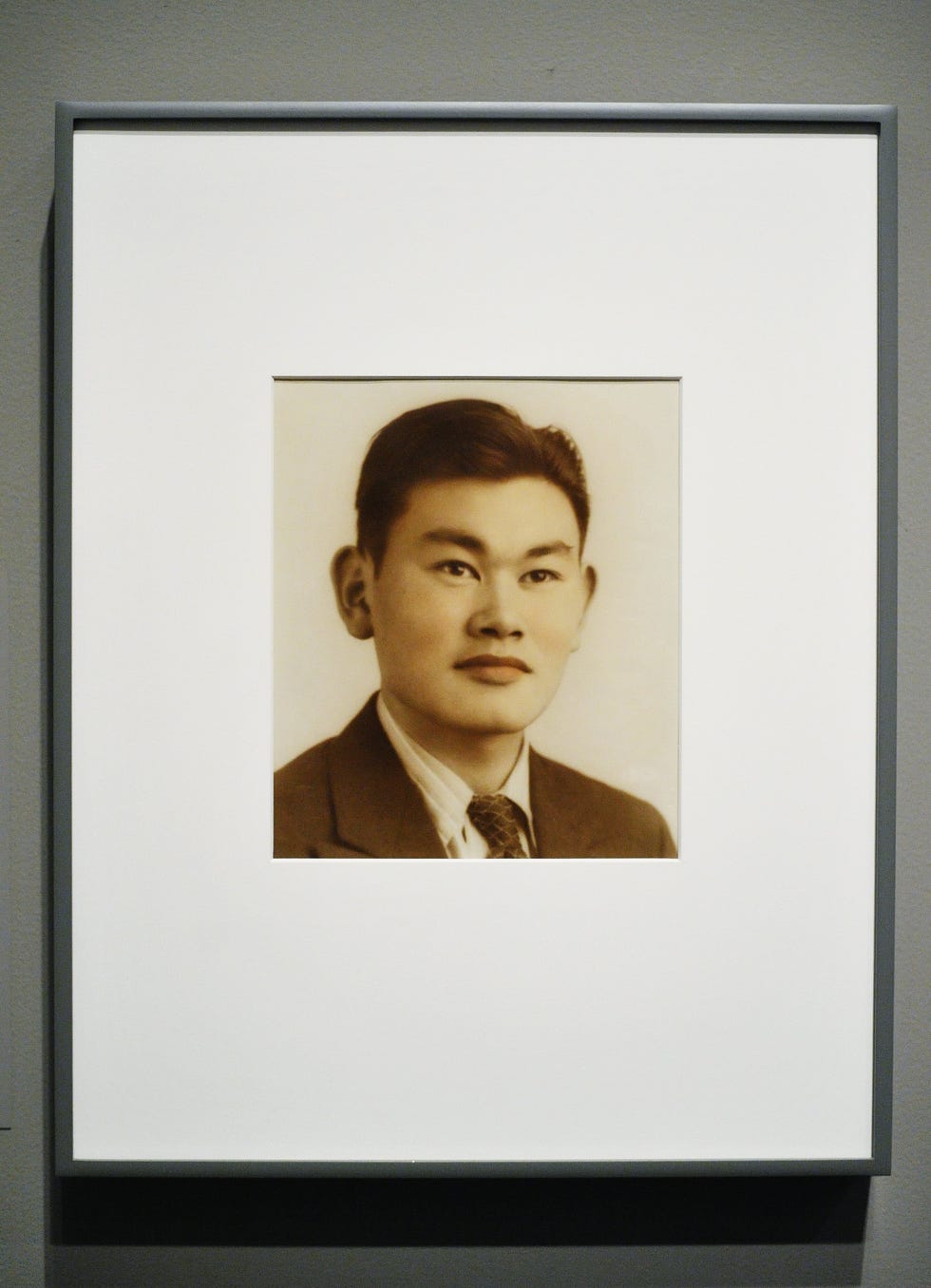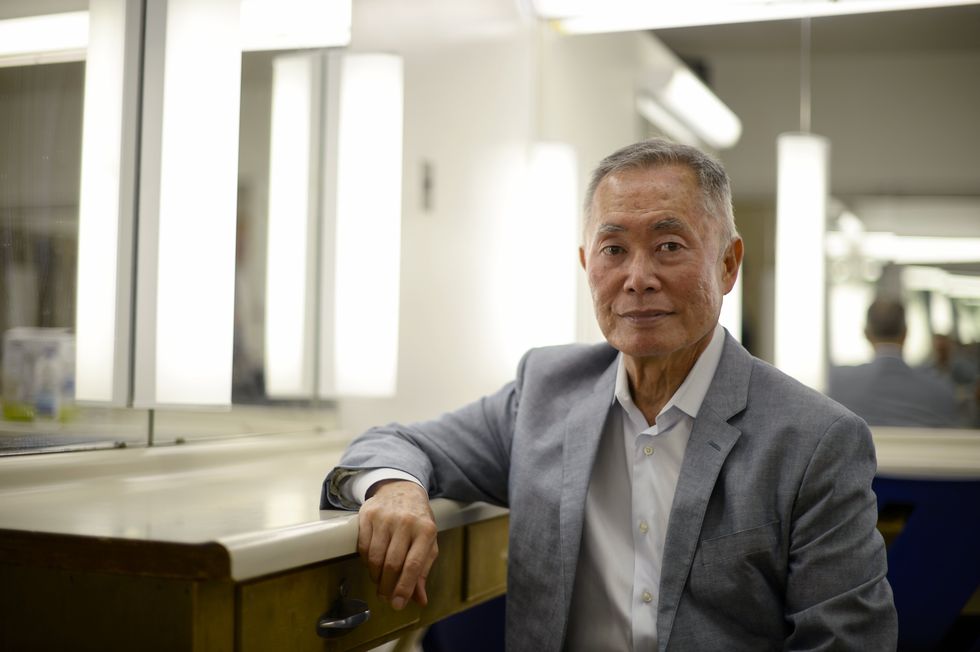You are viewing the article 10 Influential Asian American and Pacific Islander Activists at Lassho.edu.vn you can quickly access the necessary information in the table of contents of the article below.

While often at the center of many movements, Asian Americans and Pacific Islanders and their groundbreaking accomplishments and contributions are sometimes overshadowed and ignored.
Get to know 10 of the most influential Asian American and Pacific Islander activists who fought for marginalized people of all communities:
Frank Emi
Even though Frank Emi was born in the United States, he and his family, of Japanese descent, were forced to leave their California home to live in an internment camp in the midst of World War II. There, Emi’s activism was born.
Emi and his family were moved to a camp in Wyoming, where he took issue with two of the questions he was forced to answer as part of the “loyalty” questionnaire. The first asked if Japanese men born in America would consent to serve in combat duty, while the second asked them to pledge full allegiance to the United States and relinquish any fealty to the Emperor of Japan.
Emi responded that he was unable to answer the questions and believed that men forced to serve in combat should first have their full citizenship rights reinstated. Emi eventually became part of the “Fair Play Committee,” which encouraged men to resist the draft, and once made a point to prove they were prisoners by attempting to walk out of the camp.
In the end, Emi was arrested and convicted with conspiracy to violate the Selective Service Act. He was sentenced to four years in prison, of which he served eighteen months. He continued his advocacy until his death in 2010 at 94 years old.
“We could either tuck our tails between our legs like dogs or stand up like free men and fight for justice,” Emi said of his activism. “Some of us chose the latter. We were going to resist.”
Larry Itliong
A key figure in the farm labor movement, Larry Itliong first moved to the United States when he was a teen and immediately began advocating for better rights.
Born in the Philippines, Itliong was a natural activist who began advocating for himself and his fellow workers while traveling around different states. Itliong lived and worked in Alaska, Washington and finally California, where he crossed paths with fellow activist Cesar Chavez.
Itliong captured the attention of other activists when he organized the Delano Grape Strike of 1965, an event that would eventually lead to the formation of the nation’s leading agricultural labor union, the United Farm Workers.
The UFW came from Itliong’s Agricultural Workers Organizing Committee and Chavez’s National Farm Workers Association, which combined to become the strongest labor union. While Chavez is a name synonymous with labor rights, Itliong’s contribution merits just as much praise.
Fred Korematsu
Fred Korematsu took his fight against the Japanese internment camps all the way to the U.S. Supreme Court. Korematsu was born in Oakland, California, to Japanese parents who ran a plant nursery. World War II started when he was 22, and the young Korematsu subsequently refused to report to Tanforan Assembly Center, where his family reported on May 9, 1942.
Korematsu was then arrested on May 30, 1942, for his refusal to comply with the mandatory evacuation order. His name was forever etched in history when he was visited by ACLU executive director Ernest Besig while in prison and he agreed to be the test subject in a case questioning the legality of the evacuation orders.
Korematsu was sent to the same camp as his family and he was later convicted of violating military orders, a ruling the Supreme Court held up in a 6-3 decision. He eventually moved back to San Francisco where his felony conviction made it hard to find a job.
Korematsu’s conviction was later revoked in 1983, with the activist proclaiming in court, “As long as my record stands in federal court, any American citizen can be held in prison or concentration camps without a trial or a hearing.”
He went on to receive the Presidential Medal of Honor and on January 30, 2011, California held the first Fred Korematsu Day in honor of the activist.
Kiyoshi Kuromiya
Born in an internment camp in Wyoming, Kiyoshi Kuromiya went on to advocate for several movements that personally related to him. Kuromiya concentrated on the antiwar, civil rights and gay liberation movements throughout his life. He attended several key protests, including Martin Luther King Jr.’s March on Washington and a protest in Montgomery, Alabama, where he led Black high school students in a voter registration march in 1965.
Four years later, Kuromiya founded the Gay Liberation Front–Philadelphia in 1969 and simultaneously served as a delegate to the Black Panther Party’s Revolutionary People’s Constitutional Convention.
His greatest activism came when the AIDS pandemic started decimating the gay community nationwide. To help those afflicted, Kuromiya founded the Critical Path Project. The project included a 24-hour telephone hotline, a web page and free internet service for people living with AIDS and HIV in Philadelphia and beyond. Sadly, Kuromiya later died due to AIDS complications in 2000.
Philip Vera Cruz
Like Itliong and Chavez, Philip Vera Cruz focused his advocacy on his own life experience: farm labor.
After being born in the Philippines, Vera Cruz and his family moved to the United States where he would eventually work on farmland in California, picking grapes, lettuce and asparagus in grueling conditions. This prompted Vera Cruz, along with Itliong, to organize the Delano Grape Strike of 1965, demanding a 10 cent per hour increase of pay.
The activist was part of the resulting United Farm Workers union and continued to work for the organization for years, eventually serving as the officer of the Agbayani Village. The village provided housing for retired farmworkers who couldn’t afford to save up.
He went on to serve as vice president of the UFW, holding the title as the highest ranking Filipino in the union.
“When the UFW came along it really changed my life. It gave me the opportunity to bring my basically philosophical and questioning nature down to earth, and apply it to real everyday issues that actually affect people’s lives,” he once said. “As a Filipino American it gave me the opportunity to participate in the political struggles of this country.”
George Takei
An actor and activist, George Takei’s resolve came from his experiences while detained with his family at a Japanese internment camp from ages 5 to 9. The Takeis rough life continued afterwards, as they were left with no capital and were forced to live on L.A.’s Skid Row, an area known for a large homeless population.
The young Takei persevered and attended both the University of California, Berkeley and the University of California, Los Angeles, where he graduated with both his bachelor and masters degrees. Though Takei wouldn’t reveal his sexuality until 2005, he lived openly among peers as a gay man and worked as an activist for several LGBTQ organizations.
He also became involved politically in Los Angeles, narrowly losing an election for City Council in 1963 and later serving as part of the Southern California Rapid Transit District where he cast the deciding vote to build the city’s subway system.
Takei remains one of the most prolific figures to have firsthand experience of the Japanese internment camps and has committed his advocacy to ensuring the horrors are never lived again by another set of people.
READ MORE:George Takei and Pat Morita’s Harrowing Childhood Experiences in Japanese American Internment Camps
Yuri Kochiyama
Like others on this list, Yuri Kochiyama’s activism was sparked by her time spent in the Japanese internment camps, where she grew deep pride for her roots.
After living an idyllic childhood in California, Kochiyama’s life changed when her father was arrested by the FBI and held for six week for being a supposed threat to national security. He died days after his release and the rest of her family were forced into the camps.
Her release led her and her husband to New York City, where she grew enraptured by the civil rights movement and would later become friends with Malcolm X. After meeting the famous activist, Kochiyama began advocating for the liberation of marginalized peoples around the world.
The fight extended heavily into her work for the Asian community and she had several causes, including the opposition to the Vietnam War and advocating for internment camp survivors to receive compensation.
Kochiyama was there in 1965 when Malcolm X was murdered while speaking at the Audubon Ballroom in New York City. She famously rushed to the stage and was pictured holding his head as he lay dying.
Her activism continued for the rest of her life before she died in 2014. She was 93.
Haunani-Kay Trask
Born to a family who advocated for Hawaiian statehood, Haunani-Kay Trask went against the grain and has spent her life fighting for independence for her people.
Trask was born in 1949, 10 years before Hawaii became a state. Though she spent several years in the mainland while attending the University of Wisconsin and the University of Chicago, where she joined the Black Panther Party, Trask focused on her homeland and preserving native Hawaiian culture.
She returned home to teach at the University of Hawaii at Manoa, specializing in Polynesian women, Hawaii’s political movements and the Pacific Islands. Trask was awarded the Angela Y. Davis Prize in 2019 for her work in education and the arts. She died in 2021.
Anna May Wong
Anna May Wong was known as the first Asian American movie star. Born Wong Liu Tsong in 1905 in Los Angeles, she gave herself the stage name Anna May Wong. Wong lived in the Chinatown area of Los Angeles and was allowed to attend public schools, where she faced constant racial attacks.
She first tried out for a movie when she was a teenager. She was cast as an extra, and would go on to have a hard time landing a leading role due to racism in the industry and anti-race mixing laws that prohibited her from sharing a kiss with a man of a different race. Though she eventually left the United States for stage work in Europe, Wong remains the first Asian American to become a movie star.
George Helm Jr.
Like Trask, George Helm Jr. dedicated his short life to preserving the native culture of Hawaii. Helm was born on the Molokai island of Hawaii and later migrated to Honolulu to continue his studies. He became a renowned philosopher and is seen as a pioneer of Hawaiian sovereignty movement, aiming to bring independence back to the islands.
In 1975, Helm became involved in the efforts to protect the island of Kaho’olawe from being used as bomb target practice by the U.S. Navy. The next year, he and eight others occupied the island in efforts to protect it and he became spiritually connected to the sacred land.
Helm later died while trying to return to Maui from the island in the midst of bad weather. He was 26. His legacy lives on in his activism and music, with his recordings still often played on Hawaiian radio.
Thank you for reading this post 10 Influential Asian American and Pacific Islander Activists at Lassho.edu.vn You can comment, see more related articles below and hope to help you with interesting information.
Related Search:



